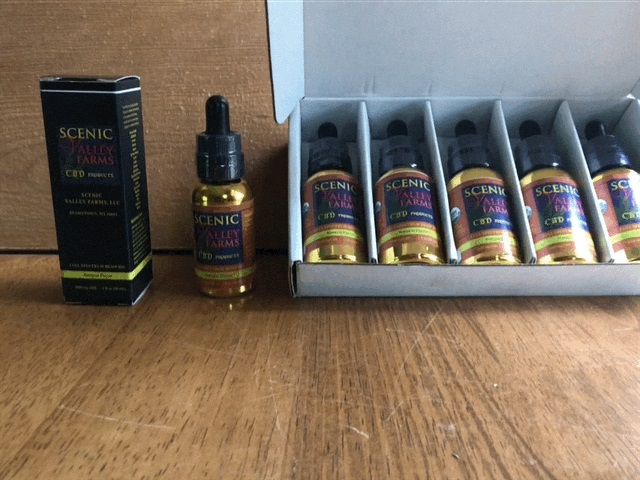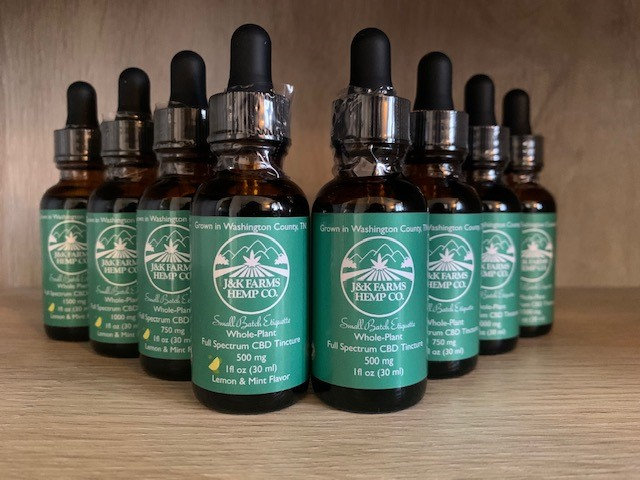
CBD Effects and Properties
The terms hemp or cannabidiol are words used by some to refer to cannabidiol, a non-psychotropic molecule found in the hemp plant. Of course, these are mistakes made by some people, often without their knowledge. However, we will use them for information purposes throughout the article.
Introduction
Studies on CBD (cannabidiol), or cannabinoid for some, increasingly confirm its therapeutic properties, according to its supporters. In fact, this compound has become a key substance in the daily lives of many people, each of whom uses it for a specific purpose ranging from the relief of anxiety, stress, and pain to the treatment of certain diseases.
CBD, a commonly used acronym for cannabidiol (erroneously hemp oil or cannabidiol), is one of the most important active ingredients in the chemical makeup of the hemp plant. Its potential beneficial effects continue to be debated and studied, and several scientists are in favor of conducting research on the subject.
According to these theories, CBD hemp strains (i.e. with a higher cannabidiol composition and a lower percentage of THC) tend to be, according to some sellers, similar to medical hemp strains. Although some scientists believe there is a substantial difference that is not negligible. So let’s try to understand what CBD is and how it differs from THC.
What is CBD (cannabidiol or cannabidiol)?
CBD, or cannabidiol as it is known, is one of more than 120 cannabinoids found in the hemp plant. Its percentage is almost always lower than that of THC, a psychotropic substance and therefore illegal in France and many other countries.
In varieties of hemp Sativa, a member of the Annonaceae family, CBD (classified in the EU as a dietary supplement) plays an important role in inhibiting the effects and action of THC, unlike THC, which is less prone to oxidation and much more stable, and has minimal side effects. To be clear, CBD (cannabidiol, cannabidiol) is a non-psychotropic molecule and does not create a high or euphoria, unlike THC.
According to some scientists, the use of hemp dates back several centuries. In fact, our ancestors used hemp themselves for medicinal purposes but were unaware of the scientific details. It is these details that various studies aim to reveal to the public, not without controversy and contradiction.

But the most important thing to remember is that cannabidiol, the active compound in hemp, has many beneficial effects on health and the treatment of certain medical conditions. In fact, several studies grant it enormous therapeutic virtues, due to its analgesic, anxiolytic, anti-inflammatory, and neuroprotective properties.
How is CBD (cannabidiol) extracted?
There are many ways to extract CBD. However, two of the main methods used today are ethanol extraction and CO2 extraction. Although these are two common methods of extraction, both have their advantages and disadvantages. If you are looking for more great information about CBD, you may check out Health well being to find more tips and ideas.
Oil extraction for food use
The production of CBD oil (cannabidiol, cannabidiol) from organically grown plant material is a safe method of consuming a food-grade product. Natural fats and vegetable oils are very effective in extracting CBD oil for food use.
